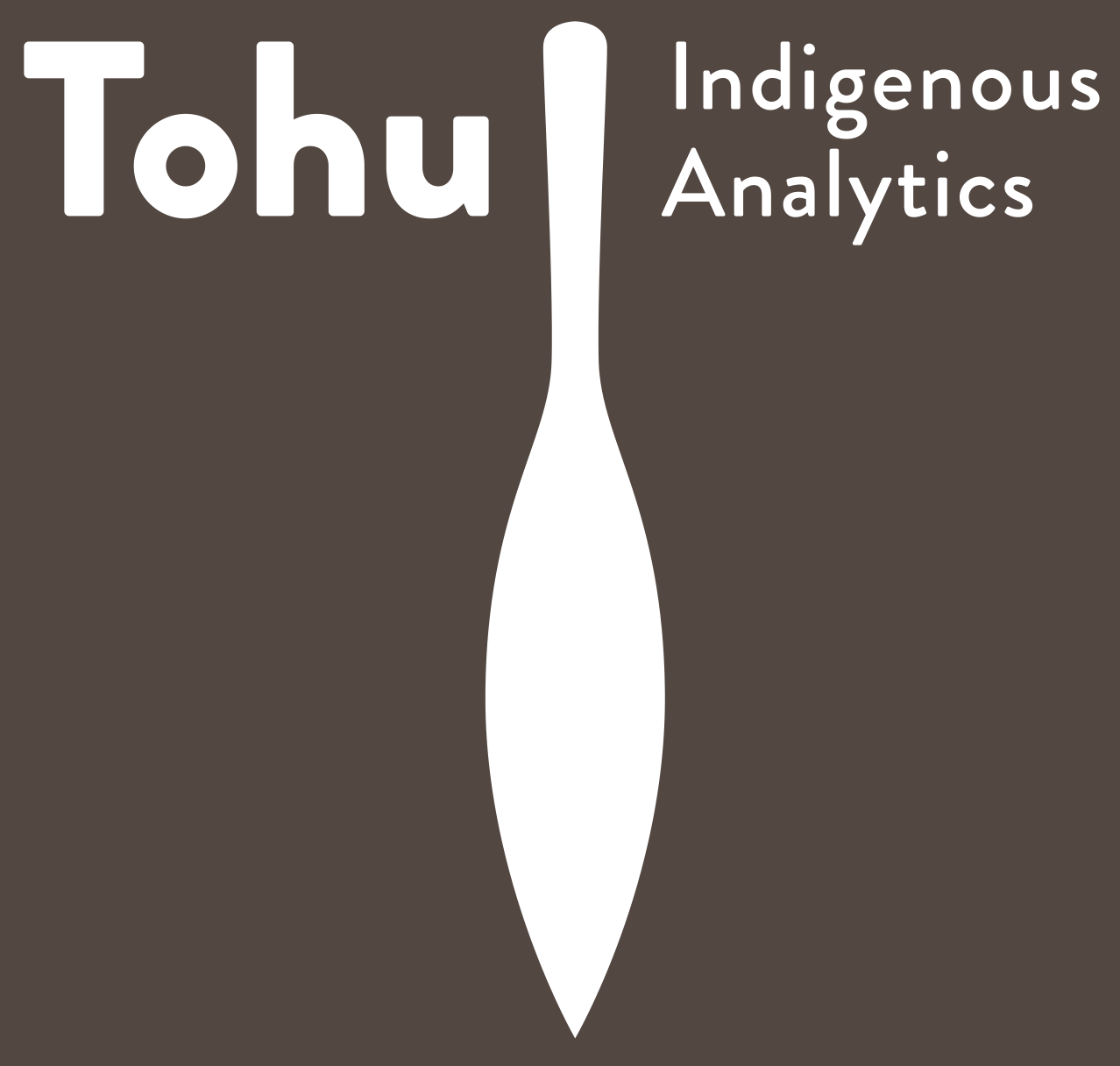Who owns the Amazon Forest?
A little over a month ago, Brazilian President, Lula, signed Decree n º 12,600 including three Amazonian rivers in the privatization program: the Madeira, the Tocantins, and the Tapajós River.
According to this decree, these rivers will be auctioned off starting in 2026 for the transportation of tons of commodities, implying, soon, dredging and interventions by large ports. This will have enormous impacts on local communities and their environment. Furthermore, in the context of the global climate crisis, this neo-extractive industry led by the Brazilian government compromises local community’s wellbeing by handing over the Amazon rivers to private companies.
The past 5 years deforestation rates started to increase again, Brazil experience harsh droughts, rivers dried up and fires have been spreading throughout the Amazon rainforest. And there is more to come due to the wide privatization plan in course for the past 25 years.
Setting the Stage for Destruction
Launched in 2000 as an agreement between 13 countries in South America, the Initiative for the Integration of the Regional Infrastructure of South America (IIRSA) aimed to use the Amazônia region as a corridor designed for road, rail, and river traffic that also generates hydropower and received political and economic support. In this regard, Amazônia emerged as a key regional target of IIRSA due to its vast stores of extractive resources (petroleum, bauxite, gold, iron and other minerals), potential for hydropower, and strategic location connecting the agricultural powerhouse with global commodity markets. Operationalized by The South American Council of Infrastructure and Planning (COSIPLAN) the initiative focused on expansion of the agricultural frontier to meet increasing demand for transportation. Nearly nine out of ten projects focused on transportation, taking up about 71% of planned investment, while most of the other projects dealt with energy.
In 2025 an agreement was formally signed allowing the expansion of Chinese enterprises through the Belt and Road Initiative (BRI). In 2017, China had signed 100 cooperation agreements with 86 countries and international organizations to build the Belt and Road Initiative and intensify infrastructure, with the New Development Bank approving a loan for Brazil reaching US$300 million for hydropower projects. In 2019 another agreement was signed to enhance cooperation on industrial capacity and in 2020, the agreement of China-Brazil microeconomic policy and finance dialogue.
Mobilizing for The Solution
For over a decade Tohu has been mapping out these initiatives to understand the range of impacts each sector may cause to territorial rights and local communities. Using spatial data of indigenous territories, we analysed IIRSA’s proposed plan for infrastructure expansion. We looked at three main sectors: transportation, mining and hydropower. Our results showed that illegal extraction of natural resources affects 289 (or 67%) indigenous territories. We have found that projects planned by IIRSA overlaps 39 indigenous territories and around 169 indigenous territories are located within a buffer of 100km of from a hydropower dam that is in operation, in construction or projected.
Tohu is building a platform to ensure data sovereignty and analytics to local communities aiming to transfer knowledge and information for building local awareness and mobilizing and sensitizing informed response.
We also want to raise attention to the Convention 169 of the International Labor Organization (ILO 169) and reinforce the need of free, prior and informed consent from local communities as well as involvement of local individuals in social-environmental impact assessment (EIA).




